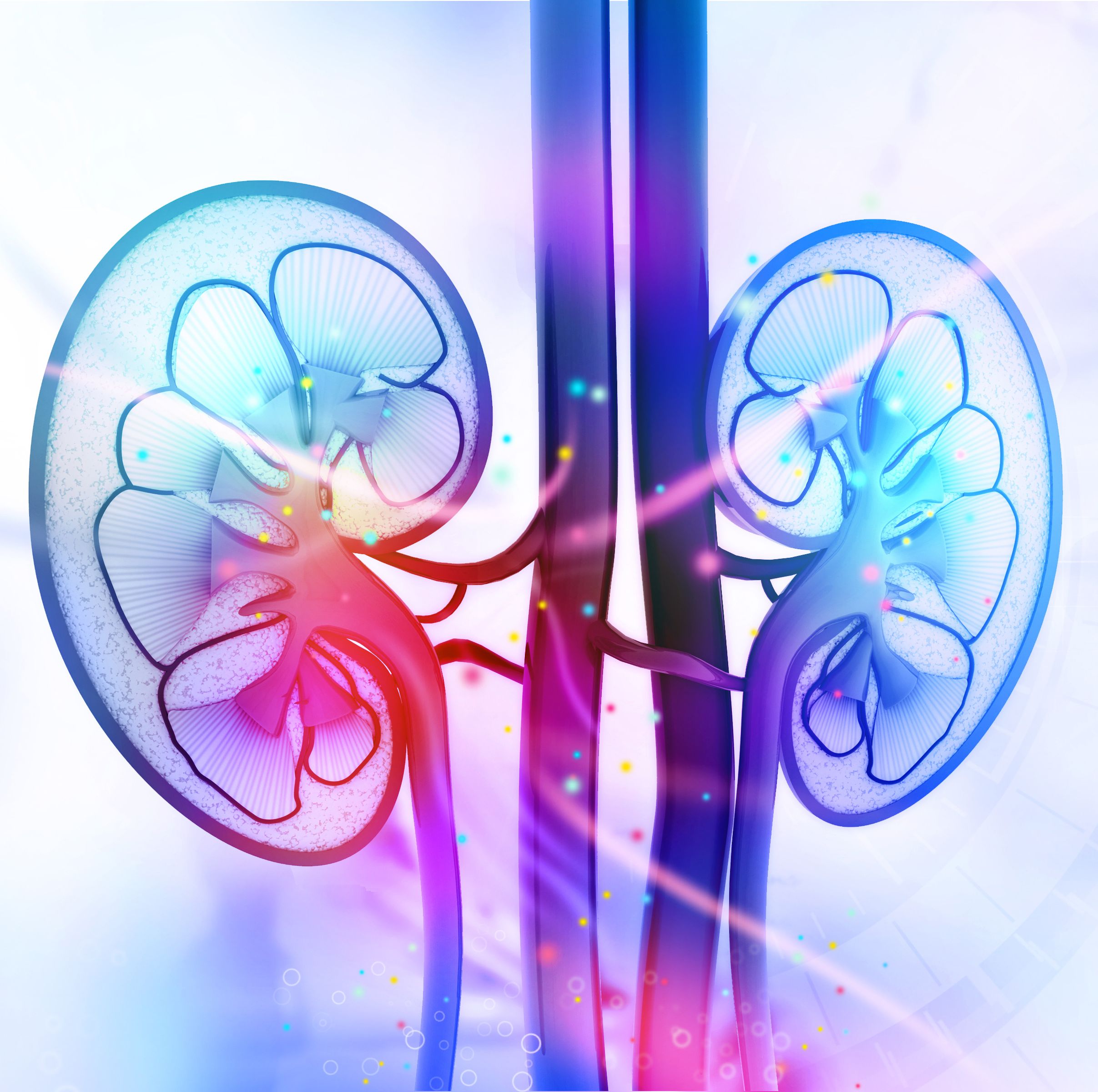New research is shedding light on the potential benefits of hydroxychloroquine for the treatment of primary glomerular diseases, highlighting its impact on proteinuria reduction but lack of improvement in overall estimated glomerular filtration rate (eGFR).1
The systematic review and meta-analysis included 13 studies assessing oral hydroxychloroquine in adult patients with primary glomerular disease and found that while it was effective in reducing proteinuria levels irrespective of disease type and treatment duration, improvement in eGFR was limited to patients with IgA nephropathy.1
Glomerular disease often progresses slowly, presenting with no symptoms for many years but eventually causing serious health problems, including high blood pressure, nephrotic syndrome, chronic kidney disease, and kidney failure. It is a prominent cause of renal impairment, leading to 10-15% of end-stage renal disease cases in the United States, and is primarily treated with immunosuppressive agents linked to serious long-term side effects and loss of efficacy over time, highlighting the need for alternative therapies to improve outcomes and minimize the associated adverse effects in this patient population.2,3
“Most available studies have focused on hydroxychloroquine’s role in secondary glomerular diseases, such as lupus nephritis, leaving its potential for primary glomerular diseases underexplored. Furthermore, there is a lack of data on how hydroxychloroquine’s effects vary based on disease subtypes, patient demographics, and treatment duration,” Gerry Mathew, an associate professor of nephrology at SRM University in India, and colleagues wrote.1 “Addressing these gaps is critical for evaluating hydroxychloroquine as a viable therapeutic alternative for primary glomerular diseases and for reducing the dependency on traditional immunosuppressive therapies with high side-effect profiles.”
To assess the safety and efficacy of hydroxychloroquine in primary glomerular diseases, investigators conducted a literature search across PubMed, ScienceDirect, Wiley Online Library, Springer, and Google Scholar for studies meeting the following inclusion criteria:
- Involving patients diagnosed with primary glomerular disease
- Incorporating hydroxychloroquine as a part of the treatment regimen for affected patients with doses ranging from to 200–400 mg or 5 mg/kg body weight
- Primary glomerular diseases considered for the study, including minimal change disease, focal segmental glomerulosclerosis, membranous nephropathy, IgA nephropathy, and idiopathic membranoproliferative glomerulonephritis
- Publications available in English
- Published in peer-reviewed journals between 2014 and 2024
A total of 13 full-text articles satisfied all the eligibility criteria and were included in the meta-analysis. Investigators noted most of the studies (n = 12) were conducted in China but demonstrated heterogeneity in study design, population demographics, and baseline characteristics.1
Among the 8 studies reporting 24 hour urinary protein levels in patients at the end of hydroxychloroquine treatment, pooled analysis revealed a significant reduction in proteinuria in 1010 patients (MD, -0.69; 95% CI, -0.79 to -0.59; P <.00001), with moderate heterogeneity observed across the included studies (I2 = 85.6%; P = .008). Subgroup analysis showed a significant difference in proteinuria decrease in patients treated with hydroxychloroquine for both short-term (MD, -0.49; 95% CI, -0.66 to -0.32; P <.00001) and long-term (MD, -0.74; 95% CI, -0.81 to -0.67; P <.00001) durations compared to baseline levels.1
A total of 13 studies compared the effects of hydroxychloroquine treatment on proteinuria levels in 1161 patients with IgA nephropathy and membranous nephropathy. Subgroup analysis revealed a significant reduction in the measured parameters for 797 patients with IgA nephropathy following treatment (MD, -0.67; 95% CI, -0.74 to -0.60; P <.00001), with low heterogeneity across studies (I2 = 24%). Of note, there was a more substantial reduction in the parameter for 364 patients with membranous nephropathy compared to IgA nephropathy (MD, -3.00; 95% CI, -4.46 to -1.53; P <.0001), but with high heterogeneity (I² = 98%) suggesting that the results vary considerably across studies.1
Further analysis revealed no significant improvement in eGFR after hydroxychloroquine treatment (MD, -1.03; 95% CI, -2.73 to − 0.67), with findings consistent regardless of treatment duration. However, a beneficial effect was observed in patients with IgA nephropathy (MD, -2.65; 95% CI, -5.16 to -0.14).1
Among the included studies, a total of 69 adverse events were reported. Gastrointestinal and mucocutaneous effects, each accounting for 20 cases, were the most commonly reported adverse events, representing approximately 58% of the total adverse events.1
“This comprehensive assessment aids in understanding the therapeutic potential and risk profile of HCQ in primary glomerular diseases and identifying gaps in current knowledge to guide future research directions,” investigators concluded.1
References
-
Mathew GG, Sundaramurthy S, Muthuperumal P, Jayaprakash V. Role of hydroxychloroquine in primary glomerular disease – a systematic review and meta-analysis of the current evidence. BMC Nephrol. 2025 doi:10.1186/s12882-025-04370-2
-
National Institutes of Health. Glomerular Disease. June 2022. Accessed August 18 2025. https://www.niddk.nih.gov/health-information/kidney-disease/glomerular-disease
-
Kazi AM, Hashmi MF. Glomerulonephritis. StatPearls. June 26, 2023. Accessed August 18 2025. https://www.ncbi.nlm.nih.gov/books/NBK560644/
